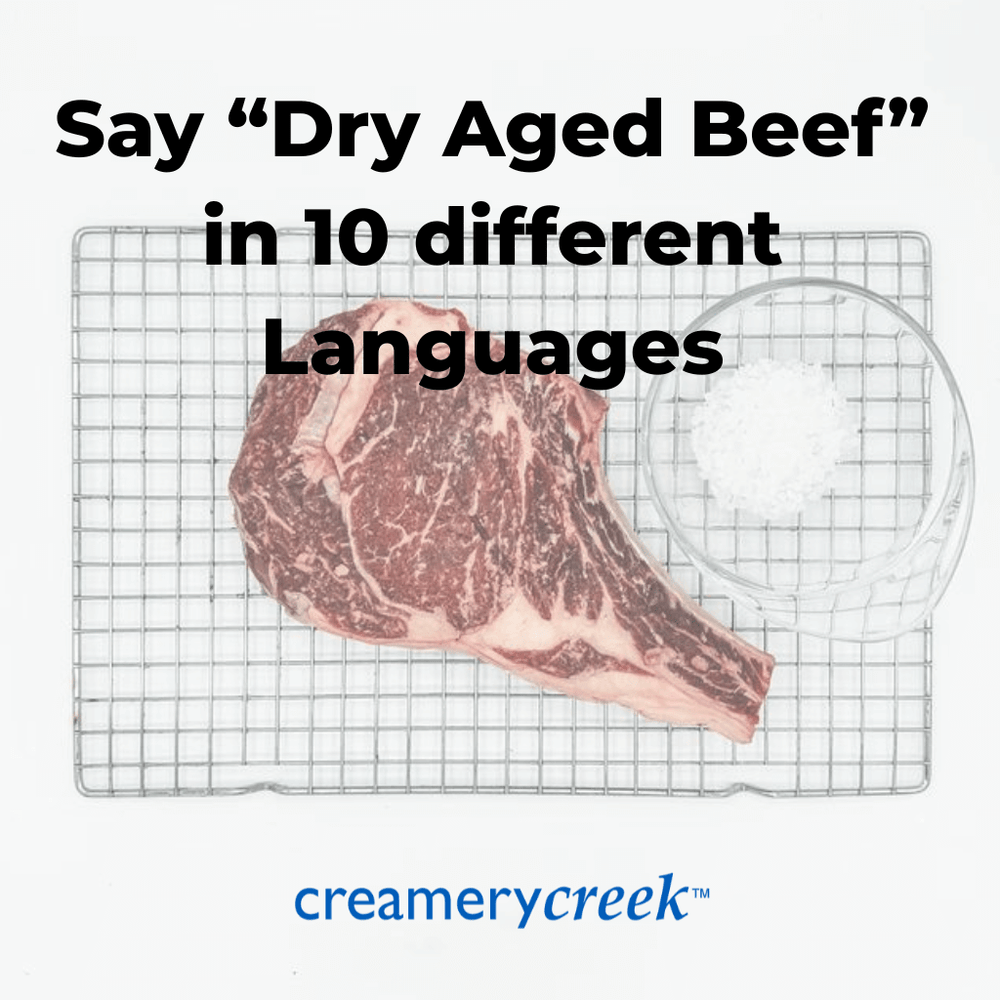
My kids recently asked me how people in other countries say "dry-aged beef," and it got me thinking—maybe other folks are curious too! Since dry aging is a technique appreciated by food lovers worldwide, let’s take a little linguistic tour.
If beef is love here’s how to say "dry-aged beef" in 10 different languages:
-
Spanish – Carne de res madurada en seco
-
French – Bœuf maturé à sec
-
German – Trocken gereiftes Rindfleisch
-
Italian – Manzo stagionato a secco
-
Portuguese – Carne bovina maturada a seco
-
Dutch – Drooggerijpt rundvlees
-
Swedish – Torrmörat nötkött
-
Japanese – 乾燥熟成ビーフ (Kansō jukusei bīfu)
-
Korean – 건조 숙성 소고기 (Geonjo sookseong sogogi)
-
Chinese (Simplified) – 干式熟成牛肉 (Gān shì shú chéng niúròu)
Why Does This Matter?
If you love food and travel, knowing how to say dry-aged beef in different languages could come in handy—whether you’re browsing a butcher shop in Paris or ordering at a steakhouse in Tokyo. Plus, it’s just fun to see how different cultures talk about the same delicious thing! I experienced aged beef in Italy last year when I was traveling with Joseph. Fantastic memory.
Let me know—have you ever had dry-aged beef outside the U.S.? What was the experience like?
XOXO,
Louisa
You might also like
Products featured in this blog post



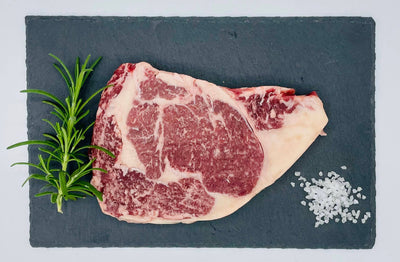
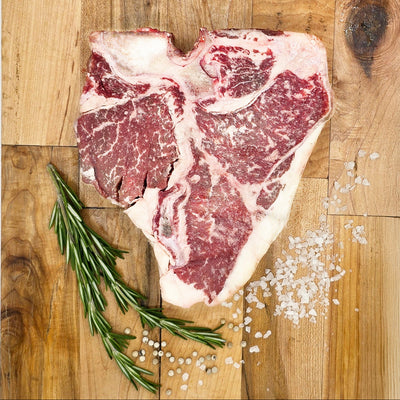
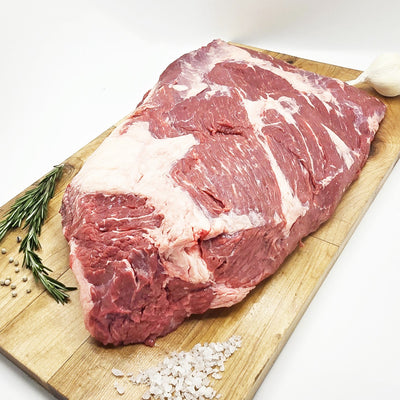
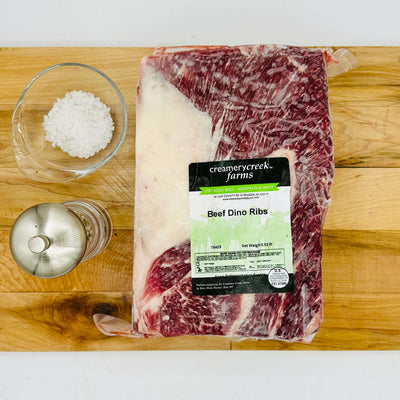
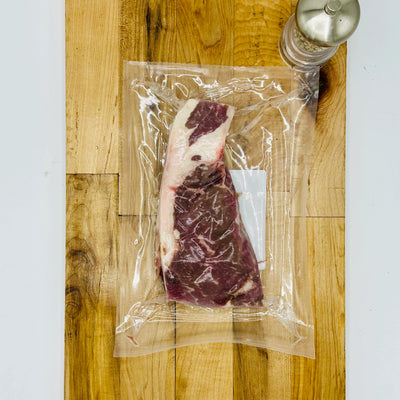
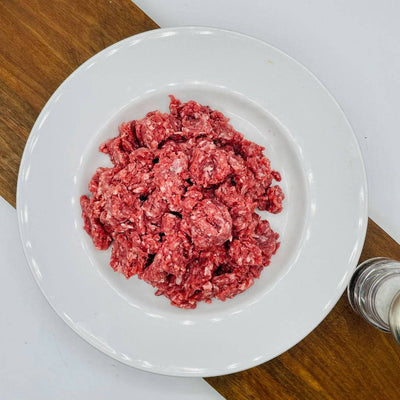
Leave a comment
Also in Farm Blog
Behind the Scenes: How Your Order Ships from Our Farm
Ever wonder what happens after you click “Place Order”? Take a peek behind the scenes to see how your Creamery Creek box is packed, shipped, and delivered straight from our family farm with care and attention in every step.
Keep reading
What’s Really Going On With Imported Beef
There’s been a lot of talk lately about importing more beef from Argentina to “lower prices.” As a beef and dairy farmer, I wanted to share what that really means from our side of the fence. The truth is, cheaper imports don’t fix the challenges facing American farms, they just make it harder for family operations to survive. Here’s what’s really going on and why local beef still matters.
Keep reading
Dry Aged Beef vs Wagyu
Dry aged beef and Wagyu are two of the most celebrated styles of steak. One brings deep, nutty intensity while the other offers rich, buttery tenderness. You'll have to choose what is right for you, but I have a pretty good
Keep reading